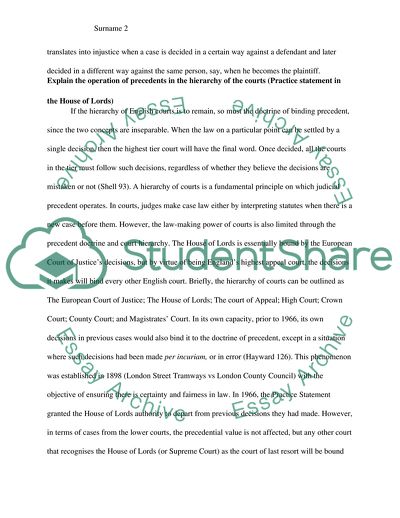Cite this document
(Precedents and Statutory Interpretation Essay Example | Topics and Well Written Essays - 1500 words, n.d.)
Precedents and Statutory Interpretation Essay Example | Topics and Well Written Essays - 1500 words. https://studentshare.org/law/1812317-precedents-and-statutory-interpretation
Precedents and Statutory Interpretation Essay Example | Topics and Well Written Essays - 1500 words. https://studentshare.org/law/1812317-precedents-and-statutory-interpretation
(Precedents and Statutory Interpretation Essay Example | Topics and Well Written Essays - 1500 Words)
Precedents and Statutory Interpretation Essay Example | Topics and Well Written Essays - 1500 Words. https://studentshare.org/law/1812317-precedents-and-statutory-interpretation.
Precedents and Statutory Interpretation Essay Example | Topics and Well Written Essays - 1500 Words. https://studentshare.org/law/1812317-precedents-and-statutory-interpretation.
“Precedents and Statutory Interpretation Essay Example | Topics and Well Written Essays - 1500 Words”. https://studentshare.org/law/1812317-precedents-and-statutory-interpretation.


